The center of dynamism has shifted over the last six decades from the North Atlantic to the Asia-Pacific. Now is the era of the Asia-Pacific with extended connection to India/ South Asia and the Middle East., said Dr. Narongchai Akrasanee, Chair of TNCPEC. One can also see the changing patterns of Thailand's trade and investment vis-a-vis the rest of Asia-Pacific region. There has been noticeable change in investment from heavy concentration on foreign loans (62%) in 1995 to more share in portfolio investment and foreign direct investment (FDI) by 2010.
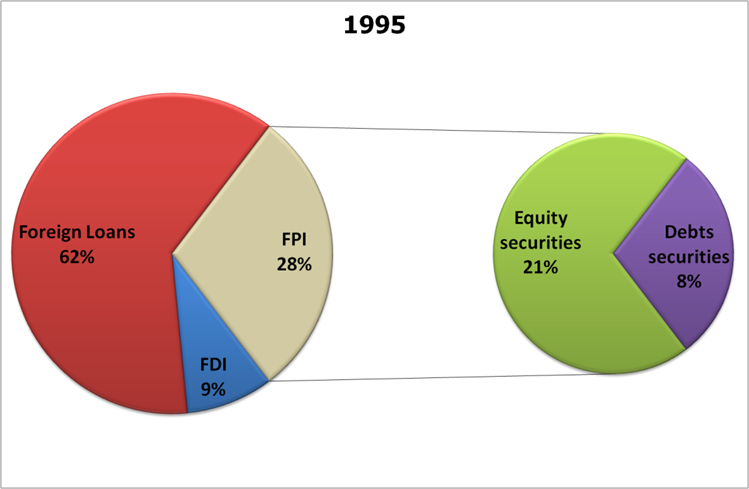
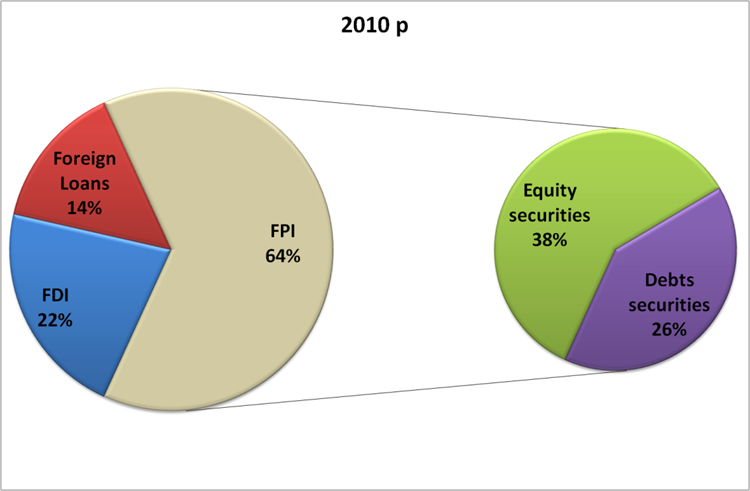 Dr. Narongchai was speaking at a symposium organized by the International Institute for Asia Pacific Studies (INSAPS) on the occasion of the 50th anniversary of the Bangkok University. Dr. Narongchai is also the President of INSAPS.
Dr. Narongchai was speaking at a symposium organized by the International Institute for Asia Pacific Studies (INSAPS) on the occasion of the 50th anniversary of the Bangkok University. Dr. Narongchai is also the President of INSAPS.
Thailand has been experiencing slow and fluctuating growth due to some structural problems - limits on energy resources and limits in innovative/ creative as well as industrial growth. Moving on from competitiveness derived from low loabor cost and mass production in the 1950s-1970s, and value creations from niche market strategies used during the globalization period of the 1990s, Thailand should now be taking its next steps of development towards achieving a sustainable society based on green productivity and competitiveness.
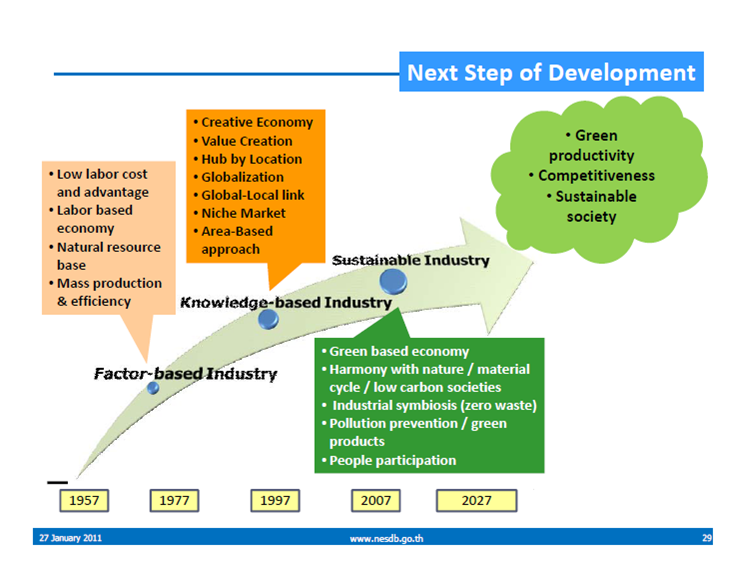
Download the entire presentation by Dr. Narongchai Akrasanee (pdf, 648KB)
Dr. Djisman Simandjuntak, Chair of INCPEC, spoke of the rise of Asia in world economy, where the former's share in world trade and investment flows, as well as knowledge output and competitiveness in sports and arts have visibly increased over the recent years. Still, there are many areas for improvement: there is sub-regional gap of prosperity within Asia; and access to health, education and capital are not balanced. Through a SWOT analysis, Dr. Simandjuntak recounted the opportunities and strengths of Asian economies that must be harnessed, i.e. mastering the art of developing progressively, crafting an Asian community in an incremental way centered around ASEAN with eventual consolidation into a coherent architecture, and optimizing networks of functional co-operation with prospects for continued upgrade in the future.
Download the entire presentation of Dr. Djisman Simandjuntak (pdf, 68KB)
With invited speakers from around the region, the symposium provided an intellectual discussion forum to address how Thailand can reap benefits from dynamic political, economic and social changes taking place in the ASEAN as well as Asia Pacific region.
Download: Program agenda
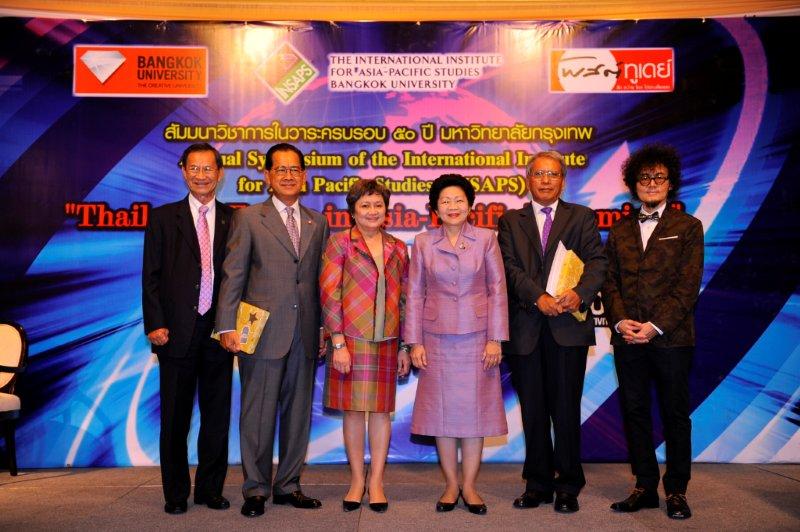 [In the photo from left to right:
[In the photo from left to right:
1) Dr. Charoen Kanthawongs, Bangkok Ubiversity Founder;
2) Dr. Narongchai Akrasanee, President of INSAPS, Chairman of TNCPEC;
3) Mrs. Apiradi Tantraporn, Executive Chairperson of INSAPS, TNCPEC comittee;
4) Dr. Mathana Santiwat, President of Bangkok University;
5) Dr. Djisman Simandjuntuk, Chairman of the Executive Board of Prasetiya Mulya Foundation and Chairman of the Board of Directors of CSIS, Jakarta, Chair of INCPEC; and
6) Mr. Petch Osathanugrah, Bangkok University Owner]
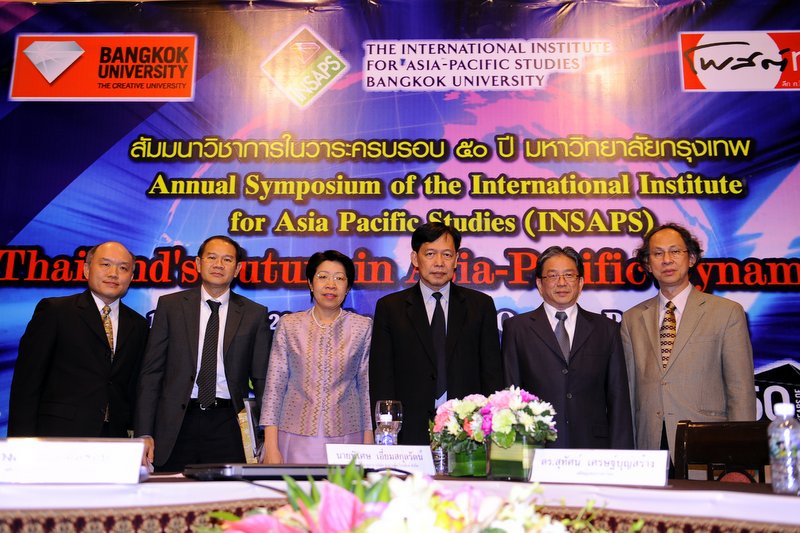 [In the photo from left to right:
[In the photo from left to right:
1) Mr. Pises Iamsakulrat, Managing Director, Lampang Food Products Co., Ltd.;
2) Dr. Kanit Sangsubhan, Director, the Fiscal Policy Research Institute (FPRI);
3) Ms. Vimon Kidchob, Director General, Department of International Economic Affairs, Ministry of Foreign Affairs, TNPEC Executive Director;
4) Mr. Winichai Chamchaeng, Director, INSAPS;
5) Dr. Suthad Setboonsarng, Former Thailand Trade Representative; and
6) Mr. Kavi Chongkittavorn, Columnist, The Nation.]


 Dr. Narongchai was speaking at a symposium organized by the International Institute for Asia Pacific Studies (INSAPS) on the occasion of the 50th anniversary of the Bangkok University. Dr. Narongchai is also the President of INSAPS.
Dr. Narongchai was speaking at a symposium organized by the International Institute for Asia Pacific Studies (INSAPS) on the occasion of the 50th anniversary of the Bangkok University. Dr. Narongchai is also the President of INSAPS. 

 [In the photo from left to right:
[In the photo from left to right: